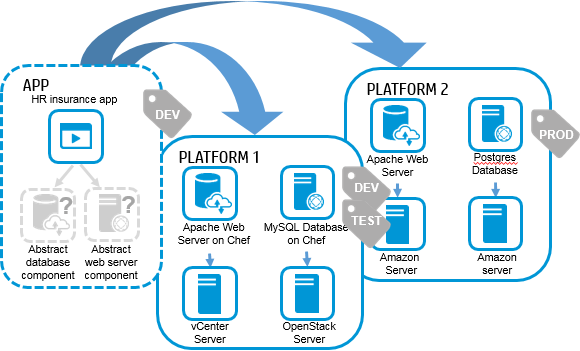Searching the Help
To search for information in the Help, type a word or phrase in the Search box. When you enter a group of words, OR is inferred. You can use Boolean operators to refine your search.
Results returned are case insensitive. However, results ranking takes case into account and assigns higher scores to case matches. Therefore, a search for "cats" followed by a search for "Cats" would return the same number of Help topics, but the order in which the topics are listed would be different.
| Search for | Example | Results |
|---|---|---|
| A single word | cat
|
Topics that contain the word "cat". You will also find its grammatical variations, such as "cats". |
|
A phrase. You can specify that the search results contain a specific phrase. |
"cat food" (quotation marks) |
Topics that contain the literal phrase "cat food" and all its grammatical variations. Without the quotation marks, the query is equivalent to specifying an OR operator, which finds topics with one of the individual words instead of the phrase. |
| Search for | Operator | Example |
|---|---|---|
|
Two or more words in the same topic |
|
|
| Either word in a topic |
|
|
| Topics that do not contain a specific word or phrase |
|
|
| Topics that contain one string and do not contain another | ^ (caret) |
cat ^ mouse
|
| A combination of search types | ( ) parentheses |
|
Topology composition
An application design, also called a topology design, specifies components and their relationships to define the application lifecycle. An application design delegates lifecycle sequencing to cloud providers.
An application design can be of two types:
- Complete design: all components in this design exist for fulfillment
- Partial design: this design requires another design for fulfillment
Topology composition is used to compose the application design with the infrastructure design at run time. During application deployment, the infrastructure need varies for each deployment; topology composition helps in defining these variable infrastructure needs in the application design and allows to compose with different infrastructure designs at deploy time.
The capabilities and characteristics are used to describe the components. The application design will define the requirements using the capability components and characteristics in the design. The application design cannot be provisioned on its own and requires the selection of a compatible service design. The service design components are matched for their capability and characteristics to check the compatibility and the matching designs are chosen as compatible service design during the deployment.
The following illustration shows the topology composition for an HR insurance app. The app requires a database component and web server component, which are defined in the application design APP. This is fulfilled by PLATFORM1 as it has the Apache Web Server which has the web server capabilities and its characteristics and MySQL database, which has the database capability and its characteristics. Similarly the PLATFORM2 also matches the APP requirements.

We welcome your comments!
To open the configured email client on this computer, open an email window.
Otherwise, copy the information below to a web mail client, and send this email to clouddocs@hpe.com.
Help Topic ID:
Product:
Topic Title:
Feedback:





